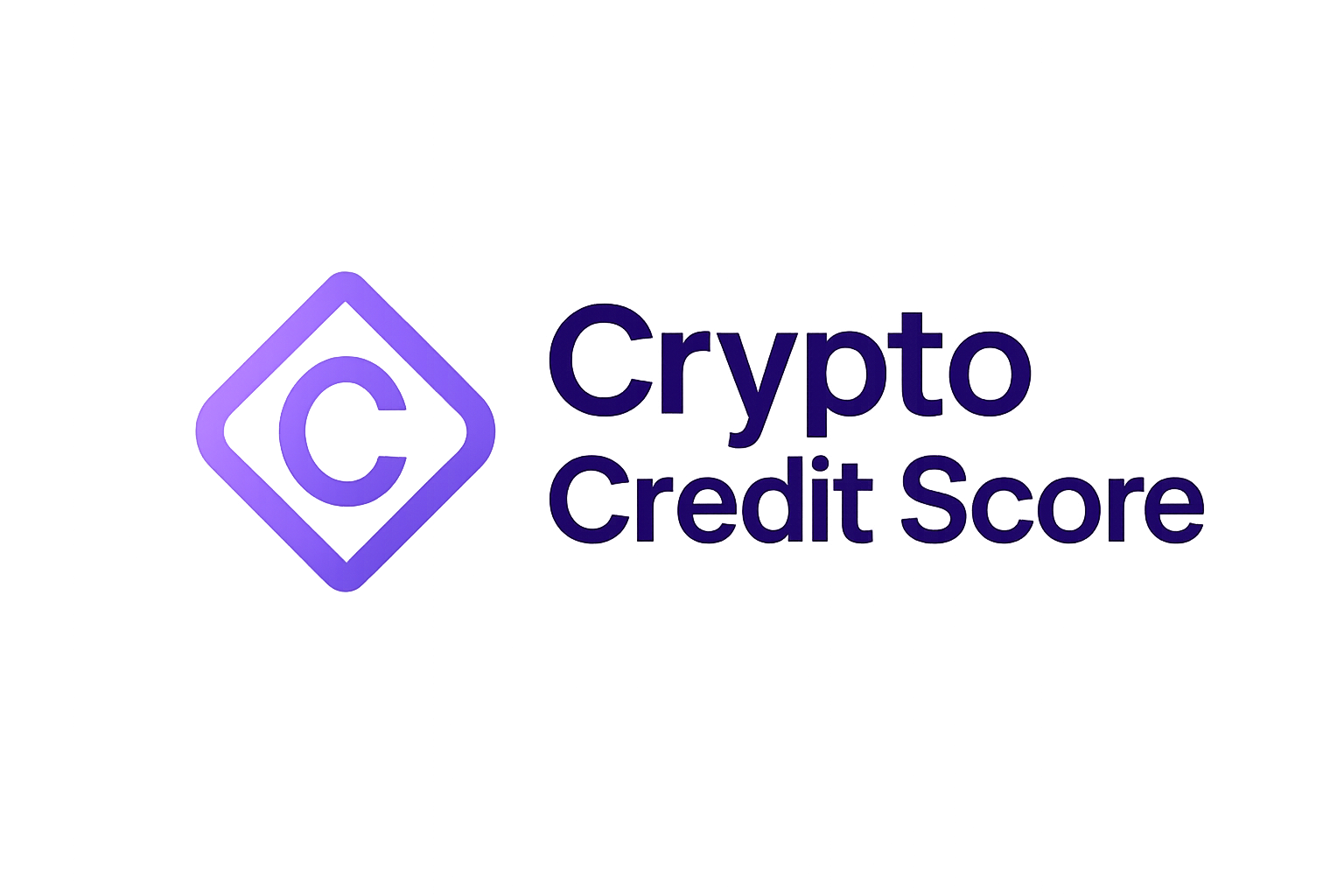
In 2025, the decentralized finance (DeFi) landscape has undergone a radical transformation. The days when borrowers had to lock up 120% or more of their loan value in crypto are fading fast. Instead, on-chain reputation scores now power a new generation of undercollateralized DeFi loans, unlocking capital efficiency and financial inclusion at an unprecedented scale.

The Collateral Problem: Why DeFi Needed Reputation
Historically, DeFi lending worked on a simple but limiting principle: trust no one, overcollateralize everything. This approach protected lenders but excluded millions of creditworthy users who lacked large pools of crypto. Even as DeFi TVL soared past $100 billion in previous years, much of this capital sat idle as locked collateral – an economic inefficiency that stifled growth and limited real-world impact.
By 2025, the introduction of privacy-preserving on-chain reputation scores has flipped this model on its head. Platforms like Spectral and Reputation DAO have pioneered decentralized credit scoring systems that analyze wallet activity, protocol participation, liquidity provision history, and even social trust signals. The result? Borrowers can now prove their reliability without exposing sensitive personal data or relying on centralized intermediaries.
How On-Chain Reputation Scores Work
The core innovation is the ability to quantify trust directly from blockchain activity. These systems leverage advanced analytics and zero-knowledge proofs to assess:
- Transaction history: How consistently does a wallet fulfill obligations?
- Diversification: Has the user engaged with multiple protocols responsibly?
- Liquidity provision: What is their track record in AMMs or lending pools?
- Social reputation: Are they vouched for by reputable DAOs or Soulbound Token holders?
This multi-dimensional approach allows for risk assessment without revealing underlying identities or off-chain data – a breakthrough for privacy preserving credit scoring on blockchain. The rise of Soulbound Tokens (SBTs) and decentralized identity (DID) solutions further enriches these profiles with non-transferable credentials and verified attestations.
The Rise of Undercollateralized Loans: Real-World Impact in 2025
The results speak volumes. Protocols like Maple Finance have experienced explosive growth – managing over $2 billion in assets by mid-2025 and democratizing access to institutional-grade yields for everyday users. Borrowers with high on-chain reputation scores now routinely access loans at just 40-60% collateralization rates, compared to the old minimums above 120%. According to recent studies, this shift has unlocked billions in previously untapped capital while reducing systemic risk across the sector.
This isn’t just theory; it’s already reshaping markets. Verified credit histories from partners like TransUnion can now be selectively shared with DeFi lenders using zero-knowledge proofs, letting users port aspects of their FICO score onto the blockchain without sacrificing privacy. Meanwhile, platforms are reporting significant drops in default rates and major exploit incidents – evidence that robust reputation systems are making DeFi safer as well as more inclusive.
If you’re interested in diving deeper into how these mechanisms work under the hood, check out our detailed explainer: How On-Chain Reputation Scores Are Powering Undercollateralized DeFi Lending in 2025.
The Role of Privacy-Preserving Tech and Zero-Knowledge Proofs
A major driver behind this progress is the adoption of privacy-first technologies like zero-knowledge proofs (ZKPs). These cryptographic tools allow users to demonstrate that they meet specific risk criteria – such as maintaining a positive repayment record or holding certain SBTs – without revealing any underlying transaction details or personal information. This ensures that credit assessment remains fair and transparent while upholding the core Web3 value of self-sovereign identity.
Zero-knowledge infrastructure is now a staple across leading DeFi lending protocols. By leveraging these privacy-preserving mechanisms, platforms can verify creditworthiness and eligibility instantly, without compromising sensitive data. This not only protects borrowers from surveillance or doxxing but also reassures lenders that the risk models are robust and tamper-proof. In effect, ZKPs have become the connective tissue between transparency and privacy in decentralized credit markets.
Capital Efficiency and Financial Inclusion: The Numbers
The impact on capital efficiency is striking. According to recent sector reports, high-reputation borrowers in 2025 are accessing loans at collateralization ratios as low as 40%, a dramatic reduction compared to the overcollateralized status quo of previous years. This means that more capital is actively circulating in the ecosystem, rather than sitting idle as locked collateral. For lenders, advanced on-chain reputation scores offer a new layer of protection against default risk, often rivaling or exceeding traditional credit checks for accuracy.
Financial inclusion has also surged. Millions of users who previously lacked sufficient crypto holdings to participate in DeFi lending can now access credit based on their behavior and contributions, not just their wallet size. This is especially significant for users in emerging markets or those new to crypto, who can build a verifiable reputation over time without ever needing to reveal off-chain identities.
Challenges and What’s Next for On-Chain Reputation
Despite these advances, challenges remain. Sybil resistance, preventing users from gaming reputation by splitting activity across multiple wallets, requires ongoing innovation in identity verification and anti-fraud analytics. Protocols are experimenting with graph analysis, social trust attestations, and even biometric-linked DIDs (decentralized identifiers) to further harden systems against abuse.
Another frontier is interoperability: ensuring that reputation scores are portable across different blockchains and lending platforms without loss of fidelity or privacy guarantees. As standards mature and more projects adopt open-source scoring frameworks, we’re likely to see seamless cross-chain credit markets emerge, unlocking even greater liquidity and opportunity.
For those looking to understand the underlying mechanics or get involved as early adopters, resources like this guide on on-chain risk scores offer practical insights into building your own decentralized financial reputation.
Why On-Chain Reputation Scores Are Here to Stay
The momentum behind undercollateralized DeFi loans isn’t slowing down. With billions already unlocked through trust-minimized lending models, and with major institutions now integrating blockchain-based credit data, the market is poised for further exponential growth as more participants embrace these innovations.
Ultimately, the fusion of privacy-preserving analytics, decentralized identity systems, and transparent on-chain activity has created a new foundation for trust in Web3 finance. As we move forward into 2026 and beyond, expect undercollateralized DeFi lending powered by robust reputation systems to become not just an option but the standard for a more open financial future.





